Hasankeyf is thought to be one of the oldest continuously inhabited settlements on Earth, dating as far back as 12,000 years and containing thousands of caves, churches and tombs.
But this jewel of human history will soon be lost; most of the settlement is about to be flooded as part of the highly controversial Ilisu dam project.
Construction work on the dam and its hydroelectric power plant started in 2006 and Hasankeyf is now just weeks away from destruction, despite a fight by residents and environmental campaigners to save it. The Turkish government has given residents until 8 October to evacuate.
An attempt to challenge the project at the European court of human rights on the grounds that it would damage the country's cultural heritage was unsuccessful.

The scheme will mean the flooding of 199 settlements in the region, thousands of human-made caves and hundreds of historical and religious sites. Campaigners warn that close to 80,000 people will be displaced.
They also warn of terrible damage to the natural environment, saying biodiversity will suffer, and that numerous vulnerable and endangered species are threatened by the construction of the dam.
Ridvan Ayhan, who was born in one of the caves in Hasankeyf, is an active member in the Initiative to Keep Hasankeyf Alive, founded in 2006 as a grassroots campaign to halt the dam project.
Walking along the mountainside facing the town, Ayhan reached a cave clearly marked with an engraved cross, indicating an ancient church. "It's not just our story, Hasankeyf, it's also your story, because it's the human story," he said.
It is unknown what year the church dates back to. Only 10% of the area has been explored by archaeologists.
"We've asked for the area to be an open-air museum but the government wouldn't accept it," Ayhan said. "If you dig here you will find cultures layered on top of one another."
Under the church is a tomb where piles of human bones have surfaced. "The government doesn't even respect the dead," Ayhan said. "They are barbaric."
Hasankeyf has been part of many different cultures in its long history, including ancient Mesopotamia, Byzantium, Arab empires and the Ottoman empire, but Hakan Ozoglu, a history professor at the University of Central Florida, said the settlement predates all these civilisations.
"We have references to the town in several ancient texts in different languages such as Assyrian, Armenian, Kurdish, Arabic," he said.
The professor says Hasankeyf is a laboratory that could provide many answers about the past. "Such rare physical evidence of the human past must be protected at all cost," Ozoglu said.
Only eight historical monuments - including a tower from what was said to be the oldest university in the world, half of an old Roman gate to the city and a women's hamam dating to around 1400 - have been saved from Hasankeyf. The pieces were moved 3km away and now stand on a vast plain.
"It's meaningless for us to see these historical pieces there," Ayhan said.
With the deadline handed down by the government, people from the surrounding areas have come to say farewell to the historical site, knowing it will be their last chance to see it.
Few tourists visit the area, however, due to its inaccessibility.
Ozoglu said the benefit from the dam cannot come close to that of the potential of tourism that would be better marketed if it had Unesco's name attached to it.
"I cannot see very many other places on Earth that deserve [more] to be on the list of Unesco's protected sites," Ozoglu said.
Ayhan shook his head when Unesco was mentioned - the Initiative to Keep Hasankeyf Alive had already applied unsuccessfully for the settlement to be listed.
"Unesco said the culture ministry has to apply for it," Ayhan said. "We wrote to the ministry but no answer ... It's their duty but they didn't do anything." The Turkish ministry of culture and tourism would not comment.
A spokesperson at the ministry of energy and natural resources was also contacted. "Why do you want to talk about Hasankeyf when we have so many other projects?" was their only comment.
The Turkish authorities' crackdown on protests has also hindered Hasankeyf residents'fight to stop the dam.
"If we protest, they take us to prisons," Ayhan said. "There's no democracy here. If there was democracy, maybe we could do something." He says he was arrested in 2012.
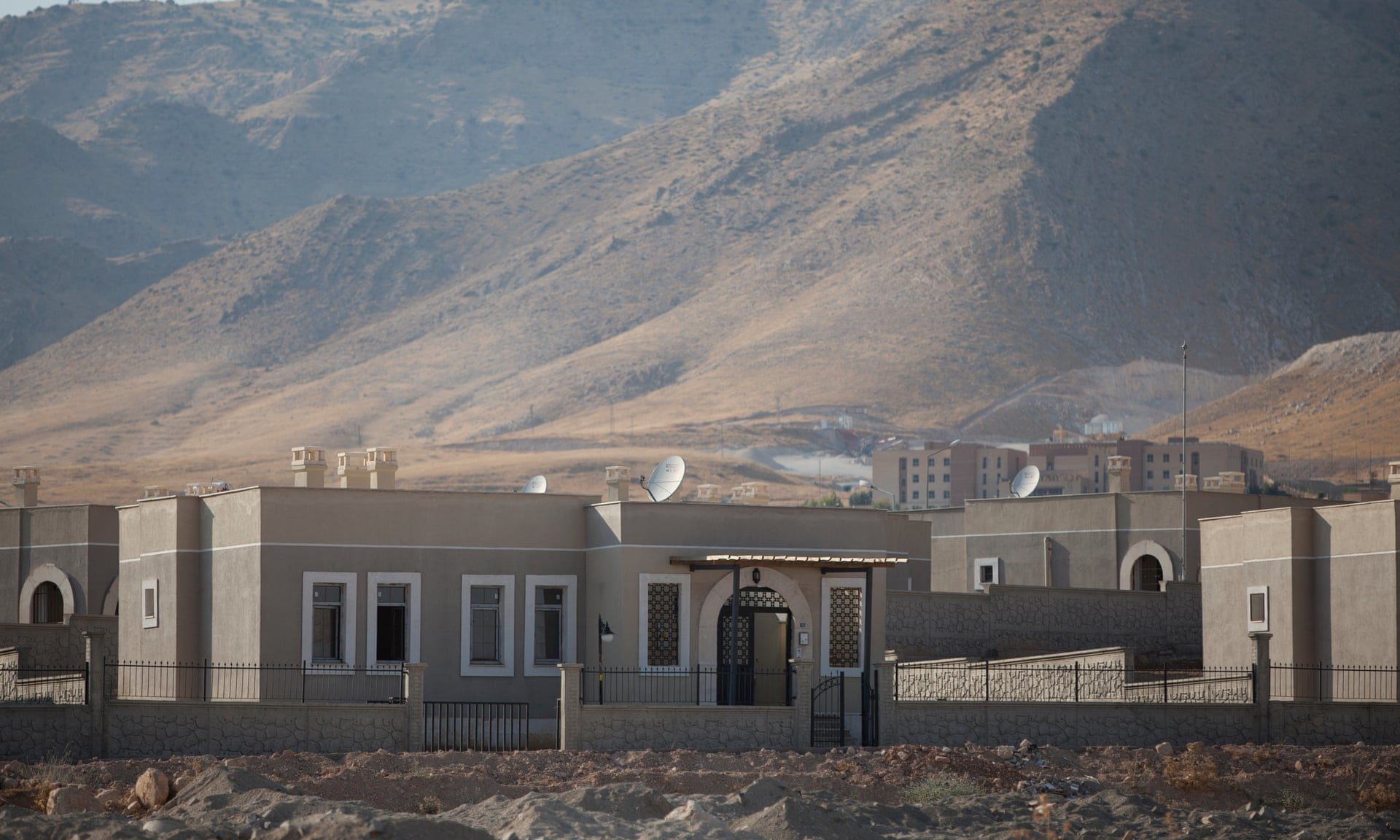
Agalday, like his ancestors, is a shepherd, and currently lives in in one of Hasankeyf's many caves. He will not be allowed to take his animals to the new village and has started selling his goats. "I am forced to do something and be in a city where I don't want to live," he said.
Agalday said about a fifth of Hasankeyf's residents have already moved to the new settlement, with around five or six families moving each day. A green pick-up truck could be spotted from below with belongings and furniture piled high, making its way out of Hasankeyf.
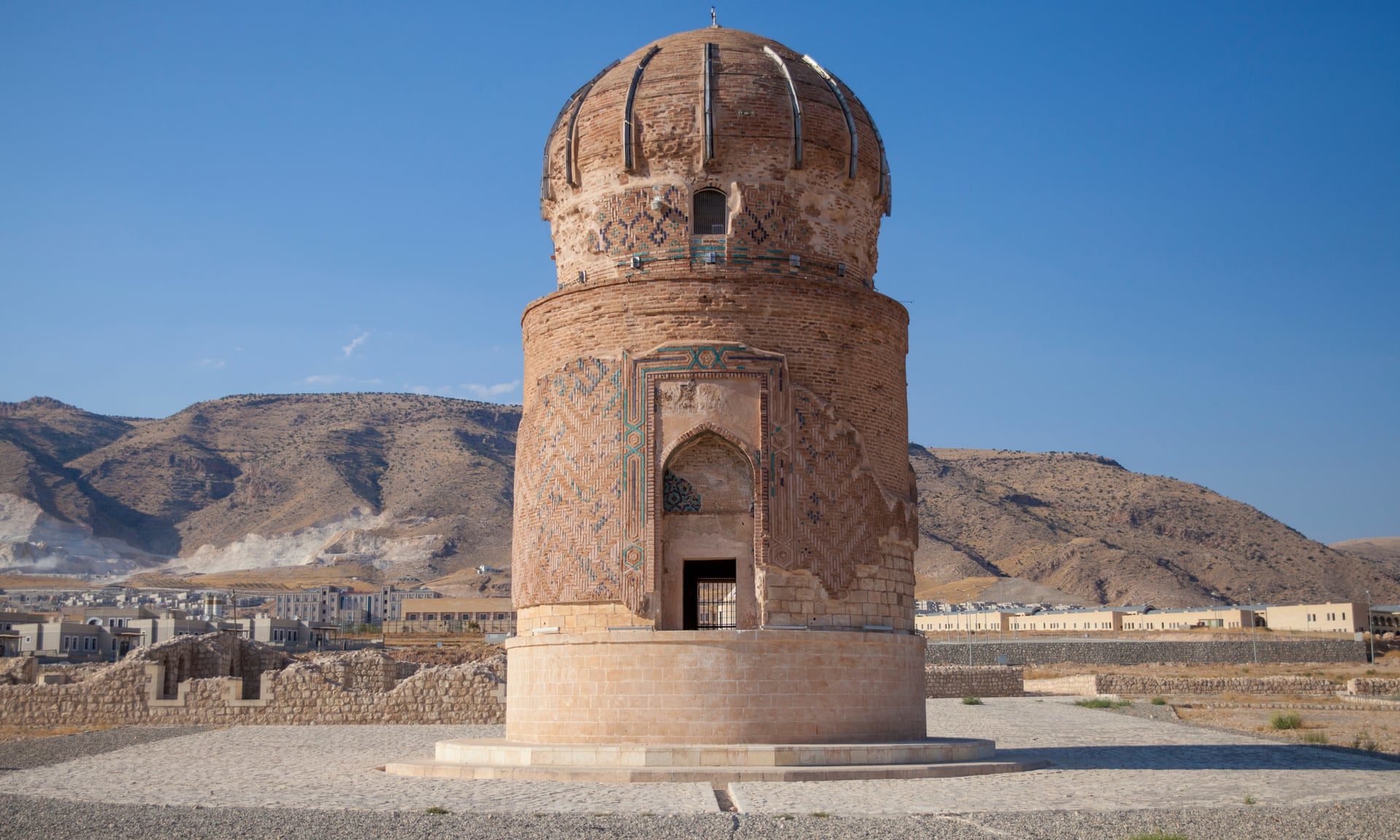
Tapkan and her family have also not been offered a replacement home, even though they were allegedly forced to sell some of their land - at 900 Turkish lira for 1 dunum, or £125 for 1,000 sq metres - for the construction of the new village.
As the residents wait for the floodgates to open and for Hasankeyf to be slowly submerged by the rising river, they say they will continue to raise their voices and spread the message of the settlement's history, even after entry to it is banned in October.
"[If we don't,] when we die, our children will come and spit on our graves and say, why didn't you save Hasankeyf?" Ayhan said.
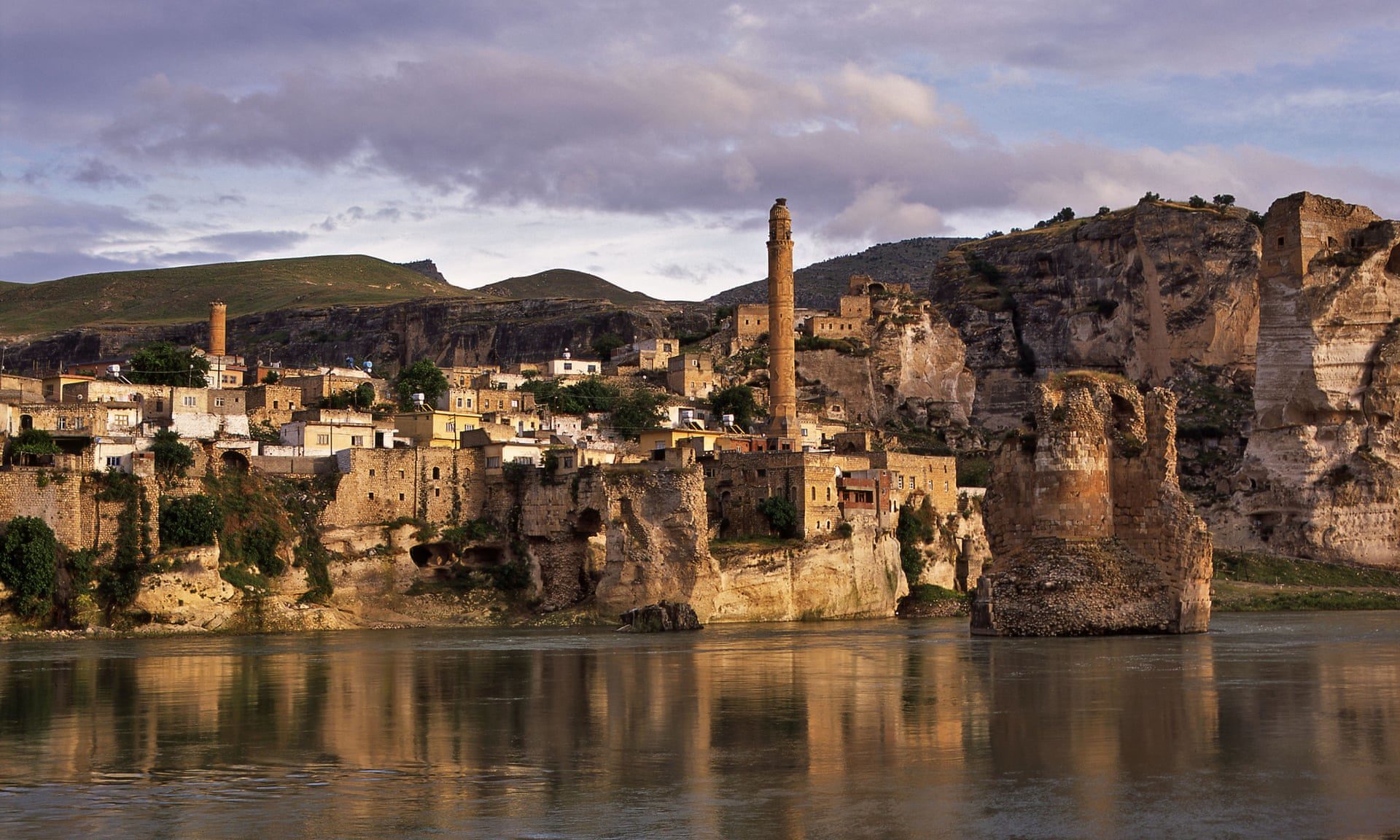
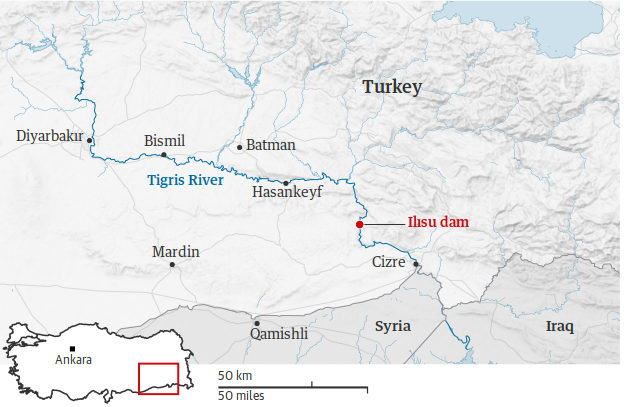
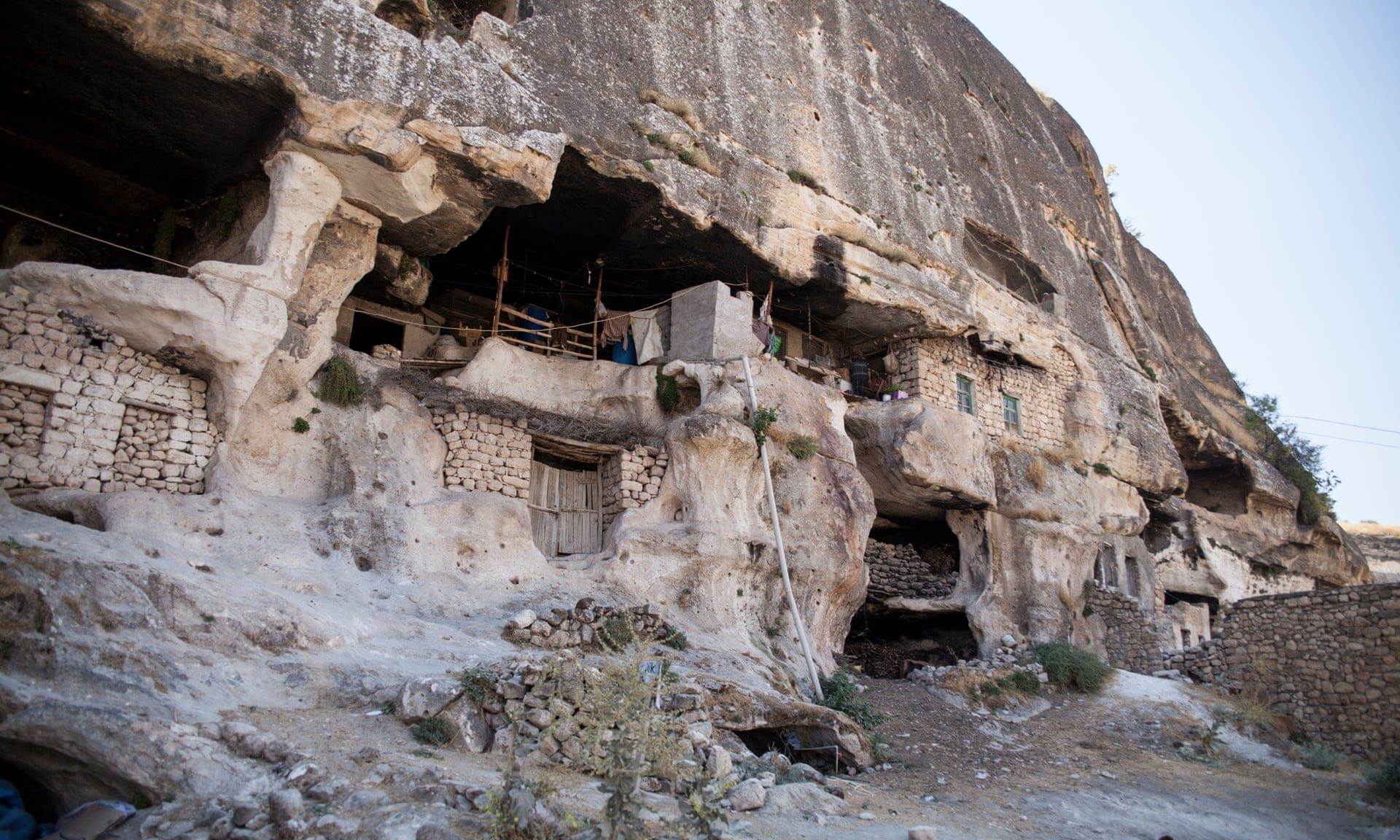



Comment: The fertile crescent is renowned for discoveries that have provided critical insights into humanities history, and so, while increasing energy requirements are understandable, when there are viable, much more efficient and less dangerous alternatives, it's all the more puzzling that they're resorting to hydroelectric power: